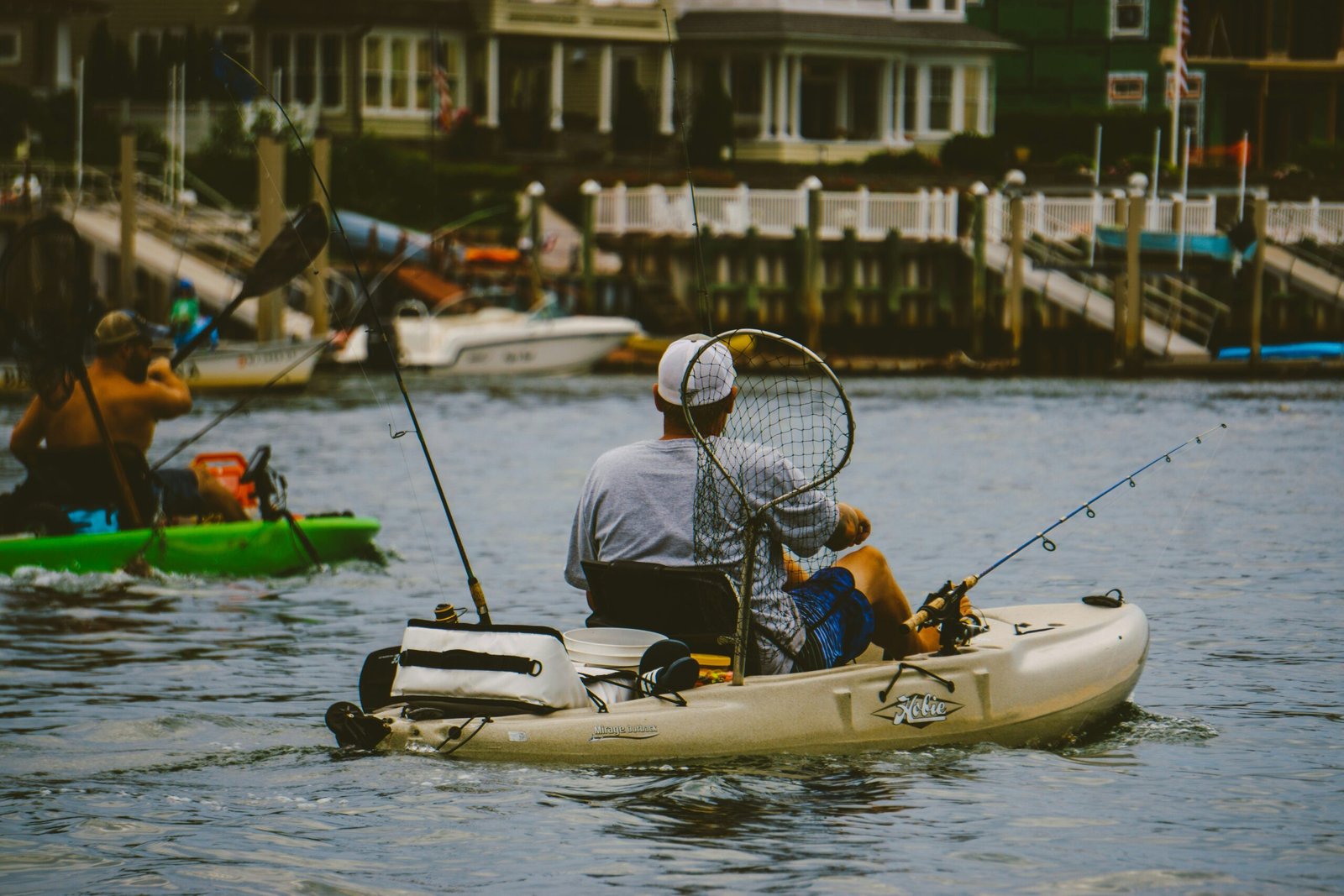Kayak fishing has gained immense popularity in recent years, and for good reason. Anglers are increasingly turning to kayaks as their preferred vessel for fishing on lakes. The serene experience of gliding across calm waters, the ability to access remote spots, and the thrill of reeling in a catch from a kayak are just a few of the reasons why this sport has captured the hearts of fishing enthusiasts.
The Advantages of Kayak Fishing on Lakes
When it comes to fishing on lakes, kayaks offer several advantages over traditional boats. Firstly, kayaks are much more affordable and accessible, making them an attractive option for beginners and seasoned anglers alike. Additionally, their compact size and lightweight nature allow for easy transportation and storage, eliminating the need for a trailer or dedicated storage space.
One of the greatest advantages of kayak fishing on lakes is the ability to access shallow and hard-to-reach areas. Unlike larger boats, kayaks can navigate through narrow channels, weed beds, and other tight spaces, giving anglers access to prime fishing spots that are often overlooked by other fishermen.
Furthermore, the stealthy nature of kayaks allows anglers to approach fish without causing excessive disturbance. This gives kayak fishermen a significant advantage when targeting skittish species or fishing in heavily pressured waters.
Choosing the Right Kayak
When it comes to kayak fishing on lakes, selecting the right kayak is crucial. There are various types of kayaks available, each designed to suit different fishing styles and preferences. Sit-on-top kayaks are a popular choice for lake fishing due to their stability, ease of entry and exit, and ample storage space. On the other hand, sit-inside kayaks offer better protection from the elements and are ideal for colder climates.
It’s important to consider factors such as stability, maneuverability, storage capacity, and comfort when choosing a kayak for lake fishing. Additionally, ensure that the kayak has features like rod holders, adjustable footrests, and ample storage compartments to accommodate your fishing gear and equipment.
Essential Gear and Equipment
Equipping yourself with the right gear and equipment is essential for a successful kayak fishing trip on a lake. Here are some items to consider:
- A reliable fishing rod and reel combo suitable for lake fishing
- Adequate fishing line and a variety of lures and bait
- A personal flotation device (PFD) for safety
- A paddle or pedal drive system for propulsion
- An anchor or stake-out pole to keep your kayak in position
- A tackle box or bag to organize your fishing tackle
- Sun protection, including sunscreen, hat, and sunglasses
- A dry bag or waterproof container to protect your valuables
Safety Precautions
While kayak fishing on lakes can be a rewarding experience, it’s essential to prioritize safety. Here are some safety precautions to keep in mind:
- Always wear a properly fitted personal flotation device (PFD)
- Check the weather forecast before heading out and be prepared for changing conditions
- Inform someone about your fishing plans, including your expected return time
- Stay hydrated and bring an adequate supply of water
- Be mindful of your surroundings and watch out for other boaters
- Practice proper kayak re-entry techniques in case of an accidental capsize
Techniques and Tips for Kayak Fishing on Lakes
Now that you have the right kayak, gear, and safety precautions in place, let’s delve into some techniques and tips for successful kayak fishing on lakes:
1. Kayak Positioning
Positioning your kayak correctly is crucial for maximizing your chances of catching fish. Consider the wind direction and current when choosing your starting point. By positioning your kayak upwind or up-current from your target area, you can drift naturally towards the fish while presenting your bait or lure in a more enticing manner.
2. Identifying Good Fishing Spots
When fishing on lakes, keep an eye out for key features that attract fish. Look for areas with submerged structures like weed beds, fallen trees, or rocky outcrops, as these provide cover and serve as feeding grounds for fish. Pay attention to changes in water depth, temperature, and clarity, as these can also influence fish behavior.
3. Best Practices for Lake Conditions
Adapting to different lake conditions is essential for a successful fishing trip. On calm days, focus on finesse techniques and make subtle presentations to entice wary fish. In windy conditions, use wind as an ally by drift fishing or employing techniques that create noise and vibrations to attract fish.
4. Navigating Lake Structures
Familiarize yourself with the layout of the lake and its structures. Use a fishfinder or consult maps to locate drop-offs, channels, and other underwater features that fish frequent. By understanding the lake’s topography, you can identify potential hotspots and adjust your fishing approach accordingly.
By following these techniques and tips, you’ll be well on your way to enjoying a successful kayak fishing experience on lakes. Remember to respect the environment, practice catch-and-release whenever possible, and most importantly, have fun!

